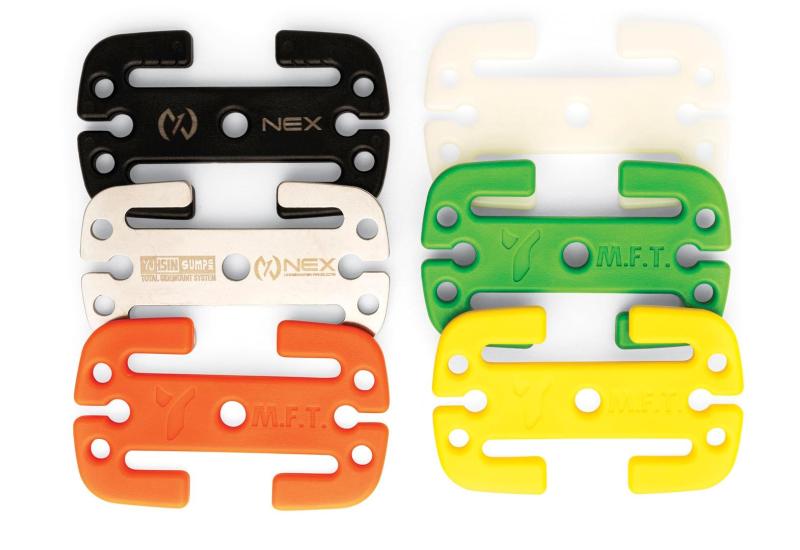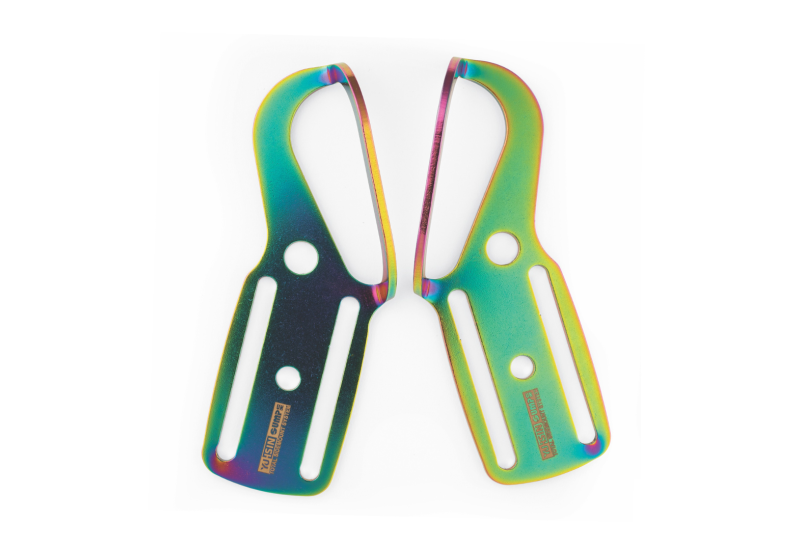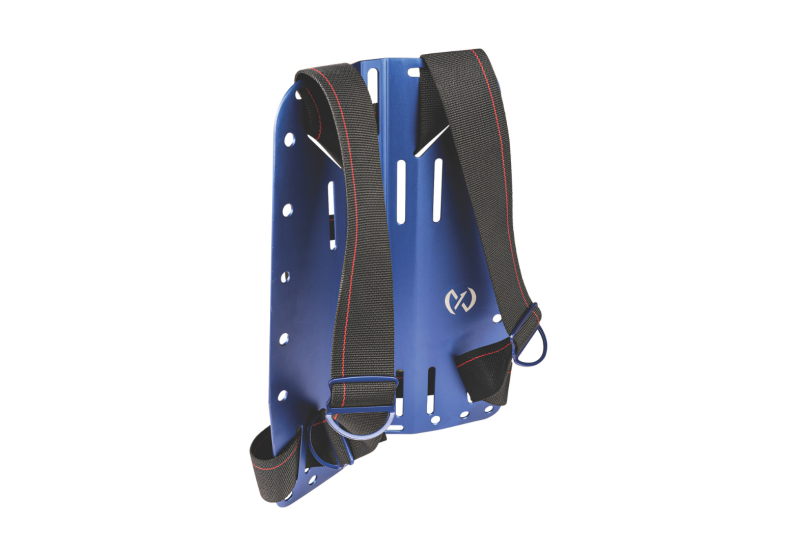Your Ultimate Guide to Reef-Safe Sunscreens
Since Hawaii and Palau banned sunscreens containing synthetic ingredients that might harm coral reefs, reef-safe sunscreen is on the rise. It’s the smart choice to protect our oceans and bodies from harm, but which sunscreen do you choose?
We’ve delved into different reef-safe ingredients this past year, read up on the latest scientific research, and tested a range of reef-safe sunscreens in the harsh sun of New Zealand, Australia and Fiji.
The results are in, so here’s your ultimate guide to reef-safe sunscreen.
What makes reef-safe sunscreen better?
Sunscreen can include a variety of ingredients to get the job done. A proposed FDA rule classifies two ingredients as “generally recognized as safe and effective” for use: titanium dioxide and zinc oxide.
While the FDA has not classified other chemicals commonly used in sunscreen as unsafe, it is requesting further studies be made to clarify their effects. This could have implications for humans using the sunscreen and marine life that comes in contact with the chemicals in the water.
One study found that oxybenzone had negative effects on the larval form of the coral Stylophora pistillata and the cells of seven types of coral.
While the scientific data is not conclusive regarding chemical filters in sunscreen, it’s clear that the two ingredients using mineral filters offer a better alternative for both humans and marine life.
It’s important to note, however, that mineral-based sunscreens reflect the sun’s harmful rays, while chemical-based products absorb UV light, which may determine a product’s effectiveness during prolonged sun exposure.
Which sunscreen ingredients should you avoid?
While oxybenzone is the most common sunscreen ingredient thought to harm coral reefs, these are some of the other ingredients it’s recommended you avoid:
• 4-methyl-benzylidene camphor
• Cyclomethicone/cyclopentasiloxane
• Diazolidinyl urea
• DMDM Hydantoin
• Ethylparaben
• Homosalate
• Hydroxymethylglycinate
• Methylisothiazolinone
• Methylparaben
• Octinoxate (octyl methoxycinnamate)
• Octocrylene
• Oxybenzone (benzophenone-3)
• Parabens (including methyl, ethyl, butyl or benzyl)
• Phenoxyethanol
• Quaternium-15
• Triclosan
• Microbeads/microplastics
The easiest way to avoid all of these ingredients is to switch to natural reef-safe sunscreen.
Are sunscreens that contain zinc or titanium oxide ‘nanoparticles’ reef-safe?
The short answer is yes; some sunscreens containing nanoparticle ingredients are reef-safe.
Here’s what you need to know:
• Nanoparticles are tiny particles used to make zinc- or titanium-oxide-based sunscreens appear clear or less white on the skin.
• Some online sources say you should avoid zinc oxide and titanium oxide nanoparticles completely because nanoparticles can harm coral reefs.
• However, some companies (see products below) do use zinc oxide nanoparticles when creating their sunscreens in such a way that the final product is in fact reef-safe.
BADGER BALM
SPF RATING: 30
PRICE: $15.99 (2.9 OZ.)
Badger Balm produces a variety of natural sunscreens, including baby/kid formulas, active and sport varieties, tinted sunscreens and SPF lip balms.

Courtesy BadgerBadger Balm's natural sunscreens are made in the U.S.A. and cruelty free.
What is the active ingredient?
• Non-nano zinc oxide
• Clear zinc oxide
Badger’s clear zinc oxide formulas are made using nanoparticles, but in a way that ensures they are reef-safe.
You can find more information about their reef-safe testing here.
How did it perform?
I tested a Badger sunscreen in the *New Zealand summer sun, and my skin burned despite applying it liberally and testing on repeat occasions.
I can see this product might be suitable for less strong sun conditions though, as it’s easy to apply and there are plenty of sunscreen options to choose from.
Note: I can’t emphasize enough how harsh the New Zealand sun is; you burn in minutes even with my olive skin.
What makes this product special?
Badger Balm uses organic plant extracts and natural ingredients. Its products are biodegradable and cruelty-free.
RAW LOVE
SPF RATING: 35
PRICE: $24.99 (4 OZ.)
Raw Love sunscreen is created especially for people who dive, surf, swim and paddle.

Courtesy Raw LoveRaw Love was created by a divemaster who is constantly in the water and sun in Hawaii.
What is the active ingredient?
• Non-nano zinc oxide
How did it perform?
This sunscreen smells divine and comes in a small metal tin that is easy to pop in your kit bag.
Easy to apply, it rubs in well and leaves a barely visible white tint.
On each occasion I used it in New Zealand, I burned. However, Raw Love was created by a divemaster who is constantly in the water and sun in Hawaii.
With that in mind, I think this sunscreen may perform better in the right sun conditions.
What makes this product special?
As well as being reef-safe, Raw Love is plastic-free, entirely natural and biodegradable.
MOOGOO
SPF RATING: 40
PRICE: $19.90 (4.2 OZ.)
MooGoo produces sunscreens that are ideal for sensitive skin, and its products come with complete ingredient transparency.

Courtesy MooGooMooGoo works closely with Reef Check Australia to ensure its products are reef-safe.
You can read about every ingredient on MooGoo’s website, including what it is and why it is used.
What is the active ingredient?
• Nano zinc
I had a long discussion with the team at MooGoo to ensure its products are reef-safe. The company works closely with Reef Check Australia, and the team provided detailed answers (with scientific test results) to back their responses up.
The sunscreen uses nano zinc but in a way that ensures the zinc particles are not so small as to cause harm to humans or the ocean.
How did it perform?
This SPF 40 natural sunscreen is outstanding. I tested it rigorously at midday in the Australian sun, both before and after being in the water and on repeat occasions.
No matter what I did, I didn’t have any red skin and didn’t burn—whether I applied the sunscreen sparingly or liberally.
What makes this product special?
MooGoo’s products are made in an Australian carbon-neutral facility. It uses recycled materials for packaging, including post-consumer plastic, and the packaging is entirely recyclable.
STREAM2SEA
SPF RATING: 30
PRICE: $16.95 (3 OZ.)
Stream2Sea is designed for all water lovers, and its line of products ranges from mineral sunscreens to skin and hair care that are safe for use in both salt and fresh water.

Courtesy Stream2SeaStream2Sea's product line includes hair products, body-wash, lip balms and reef-safe sunscreen.
What is the active ingredient?
• 8.8% titanium dioxide (non-nano)
How did it perform?
The SPF 30 sunscreen performed well in the Fijian sun, and I did not burn. I found the consistency of this formula the most similar to non-reef-safe sunscreens, but it was difficult to rub in, and it leaves a whiter-than-normal appearance to your skin. It's important to note that this is typical of mineral sunscreens.
Stream2Sea has also created a tinted SPF 30, which I tried on my face and body. It helps with the issue of leaving your skin appearing extra white, which I appreciated on my face, but for the rest of my body it still left me looking a little unnatural. I found that the tinted sunscreen also stained my clothes when it came into contact with them, but the stain was easy to wash out in the laundry. I think the tinted option is a nice addition to Stream2Sea’s line, but how well it blends in depends entirely on your skin tone.
What makes this product special?
Stream2Sea makes sure its products are not only coral-reef-safe but safe for use in all bodies of water, and its packaging is eco-conscious. And the CEO is extremely transparent about Stream2Sea’s in-house testing process and research, which you can read more about here.
- Review by digital editor Becca Hurley
RAW ELEMENTS
SPF RATING: 30
PRICE: $18.99 (3 OZ.)
Raw Elements was created by a former ocean lifeguard who wanted to create a natural alternative to the harsh chemical sunscreens he used.

Courtesy Raw ElementsRaw Elements products include Face + Body Sunscreen, Tinted Face Moisturizer, Face Stick and Lip Rescue Balm all which is rated SPF 30.
What is the active ingredient?
• Non-nano zinc oxide
How did it perform?
Raw Elements has a unique scent that I can now only associate with this particular sunscreen, but the SPF 30 product performed well and I did not burn.
As with most mineral sunscreens, it takes a little more work to rub in smoothly. I did find this sunscreen to be more difficult to reapply even with towel-dry skin, and I think it’s important to be completely dry when applying this sunscreen to be sure you have full coverage. I also tried Raw Elements’ tinted facial moisturizer, which is rated SPF 30, and found it to be a great alternative to the white residue mineral sunscreens can leave behind. It blended in and looked completely natural with my skin tone.
What makes this product special?
Raw Elements offers a completely plastic-free sunscreen pack that comes in a recyclable and reusable tin.
- Review by digital editor Becca Hurley










